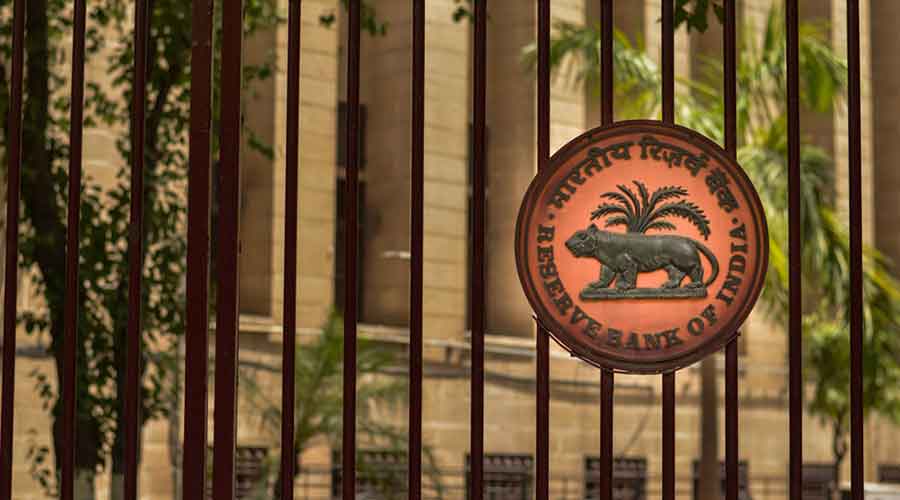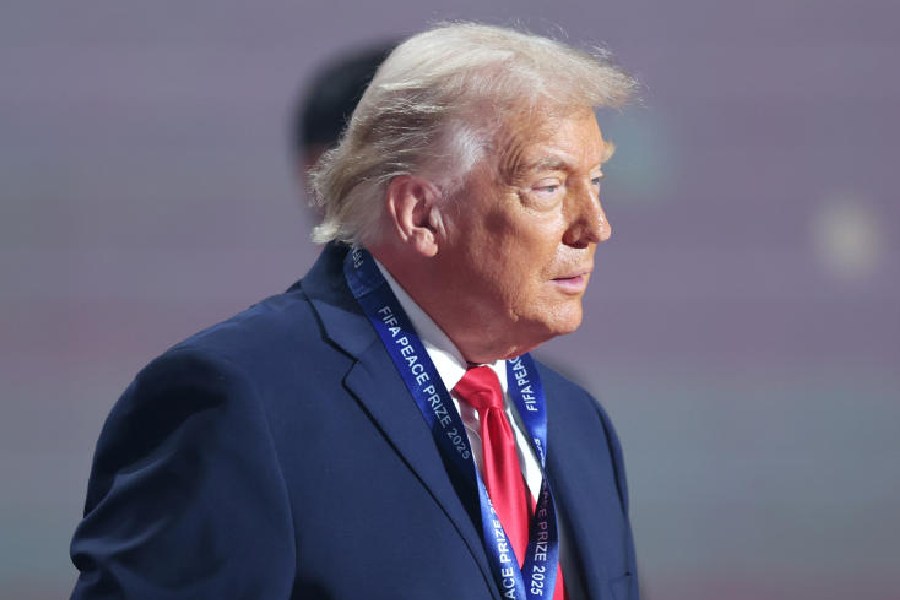The Reserve Bank of India (RBI) is expected to step off the pedal on aggressive dollar purchases after the US Treasury Department put the country on a currency manipulator watchlist along with nine other nations.
Analysts said the RBI was already stuffed with sufficient forex reserves to cover one year of import giving it the leeway to follow a hands-off policy in the currency market.
On Wednesday, the US had put India in its monitoring list of currency manipulating countries. Its report said that India met two of the three criteria of having a material current account surplus and engaging in persistent, one-sided intervention over the reporting period.
There is no official word yet from the RBI to the sharp observations by the US which clubbed India with Vietnam, Switzerland and Singapore for "intervening in the foreign exchange market in a sustained, asymmetric manner”.
The RBI has often maintained that it does not target a particular level of the rupee and that its intervention in the markets is to only curb undue volatility in the exchange rate. It remains to be seen how the Indian government responds and deals with the Biden administration to get its name off the list.
In his statement after the MPC meeting ended on December 4, RBI governor Shaktikanta Das said the apex bank has been taking measures for dampening volatility and enabling orderly evolution of the exchange rate in consonance with underlying domestic fundamentals.
“Mindful of the consequences of these actions for domestic liquidity and inflation, the injections of liquidity through forex interventions are being sterilised by absorptions through the reverse repo,” he added.
Its intervention came as India has seen a deluge of dollars from portfolio inflows and other sources. For instance, Reliance Industries has alone raised more than $25 billion in its digital services and organised retail business from various investors.
On the other hand, foreign portfolio investors (FPIs) have ploughed Rs 1.54 lakh crore into equities so far during this calendar year.
The Treasury report also comes at a time the American dollar is forecast to remain weak as investors turn their attention to riskier assets from amid countries starting to administer the coronavirus vaccine, the global economy recovering and expectations of a stimulus in the US.
Dollar index
The currency is near two-year lows and the dollar index which measures the greenback against a basket of currencies also fell below 90 to 89.94 for the first time since April 2018.
The US index is calculated as a geometrical average based on its six constituent currencies: the euro, Japanese yen, British pound, Canadian dollar, Swedish krona and Swiss franc.
It is a geometric average, rather than an arithmetical average, because each currency is multiplied by its respective percentage weight.
However, it did not have much impact on the rupee in Thursday’s trade. The currency ended just one paisa lower at 73.59 against the greenback amid a firm trend in the domestic equity markets.
At the inter-bank forex market, the local unit opened at 73.52 against the dollar and witnessed an intra-day high of 73.39 and a low of 73.59. It finally ended at 73.59 against the American currency, registering a fall of one paisa over its previous close.










